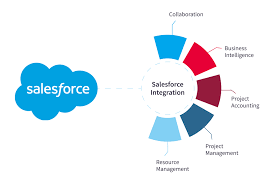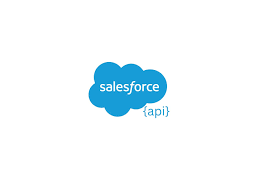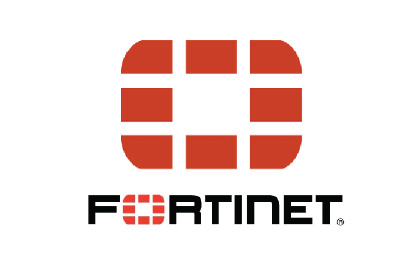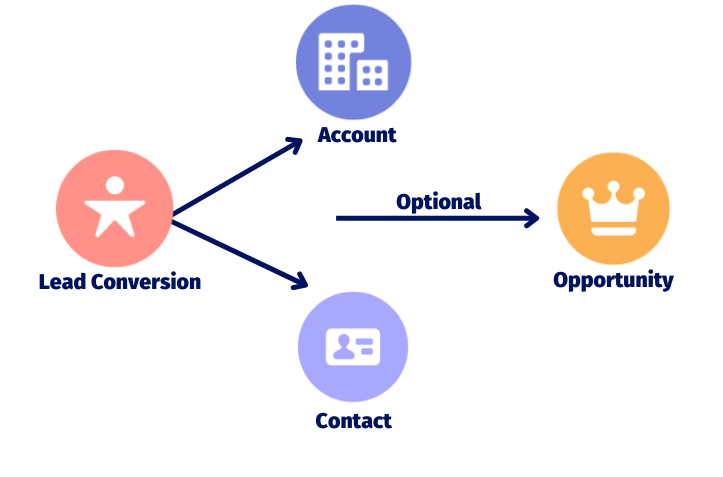Martin Larizzate – Possible Ways to Integrate with Salesforce

Integration is a process of connecting two applications. A typical enterprise uses many applications, many or most of which are not designed to work with one another out of the box. Integrating separate but related apps helps organizations achieve greater levels of operational consistency, efficiency, and quality.
Each application can have data, business logic, presentation, and security layers, all of which are possible targets for integration. This page is an overall launch point for exploring the various integration options related to Force.com and other Salesforce platform technologies.
These are tje three groups of Salesforce Integrations ways
• User Interface Integration: Combine the UIs of two or more apps to create composite apps with little or no rework on the UI of each individual app. One example is using force.com Canvas
• Business Logic Integration: It uses Apex Web Services for Inbound and Apex Callouts for Outbound. It typically handles a scenario where business logic is spread across several applications to implement the complete end-to-end business process. An example would be building complex logic on the data received before committing it into Salesforce.
• Data Integration: It uses SOAP APIs and REST APIs. It typically handles data synchronization requirements, where one application in an enterprise acts as the primary source for a particular business object, like Account.
How many types of API’s avaliable in salesforce?
• REST API
• SOAP API
• Bulk API
• Streaming API
• Metadata API
• Chatter REST API
• User Interface API
• Analytics REST API
• Apex REST API
• Apex SOAP API
• Tooling API
When to Use REST API
REST API provides a powerful, convenient, and simple REST-based web services interface for interacting with Salesforce. Its advantages include ease of integration and development, and it’s an excellent choice of technology for use with mobile applications and web projects. For certain projects, you may want to use REST API with other Salesforce REST APIs. To build UI for creating, reading, updating, and deleting records, including building UI for list views, actions, and dependent picklists, use User Interface API. To build UI for Chatter, communities, or recommendations, use Chatter REST API. If you have many records to process, consider using Bulk API, which is based on REST principles and optimized for large sets of data.
When to Use SOAP API
SOAP API provides a powerful, convenient, and simple SOAP-based web services interface for interacting with Salesforce. You can use SOAP API to create, retrieve, update, or delete records. You can also use SOAP API to perform searches and much more. Use SOAP API in any language that supports web services. For example, you can use SOAP API to integrate Salesforce with your org’s ERP and finance systems. You can also deliver real-time sales and support information to company portals and populate critical business systems with customer information.
When to Use Chatter REST API
Use Chatter REST API to display Chatter feeds, users, groups, and followers, especially in mobile applications. Chatter REST API also provides programmatic access to files, recommendations, topics, notifications, Data.com purchasing, and more. Chatter REST API is similar to APIs offered by other companies with feeds, such as Facebook and Twitter, but it also exposes Salesforce features beyond Chatter.
Use Chatter REST API to display Chatter feeds, users, groups, and followers, especially in mobile applications. Chatter REST API also provides programmatic access to files, recommendations, topics, notifications, Data.com purchasing, and more. Chatter REST API is similar to APIs offered by other companies with feeds, such as Facebook and Twitter, but it also exposes Salesforce features beyond Chatter.
When to Use Streaming API
Use Streaming API to receive near-real-time streams of data that are based on changes in Salesforce records or custom payloads. For Salesforce record changes, Salesforce publishes notifications when the changes occur. For custom notifications, you can publish event messages. Subscribers can receive notifications using CometD—an implementation of the Bayeux protocol that simulates push technology.
Clients can subscribe to some types of events with Apex triggers or declaratively with flows.
When to Use Apex REST API
Use Apex REST API when you want to expose your Apex classes and methods so that external applications can access your code through REST architecture. Apex REST API supports both OAuth 2.0 and Session ID for authorization.

When to Use Apex SOAP API
Use Apex SOAP API when you want to expose Apex methods as SOAP web service APIs so that external applications can access your code through SOAP. Apex SOAP API supports both OAuth 2.0 and Session ID for authorization.
When to Use Tooling API
Use Tooling API to integrate Salesforce metadata with other systems. Metadata types are exposed as sObjects, so you can access one component of a complex type. This field-level access speeds up operations on complex metadata types. You can also build custom development tools for Force.com applications. For example, use Tooling
API to manage and deploy working copies of Apex classes and triggers and Visualforce pages and components. You can also set checkpoints or heap dump markers, execute anonymous Apex, and access logging and code coverage information.
What is Call In and Call Out?
Call In is used to exposing our webservices to another system.
Call out enables you to tightly integrate your Apex with an external service by making a call to an external Web service or sending a HTTP request from Apex code and then receiving the response.
_- Martin Larizzate -_ Java and Mulesoft Certified Developer, Salesforce Ranger and Salesforce Solution Architect



